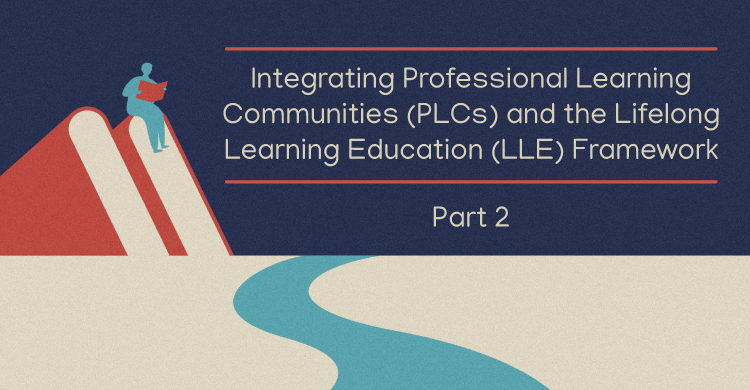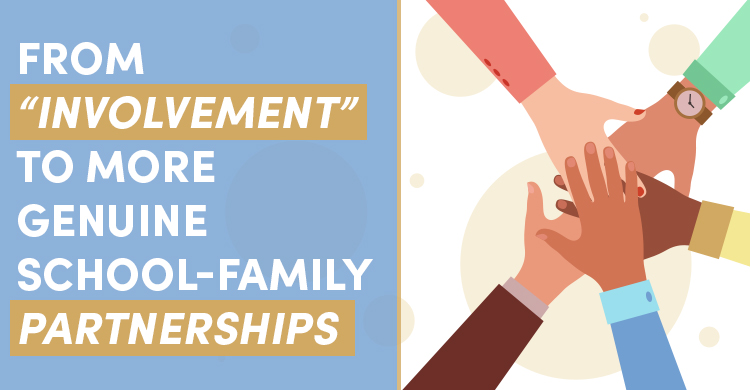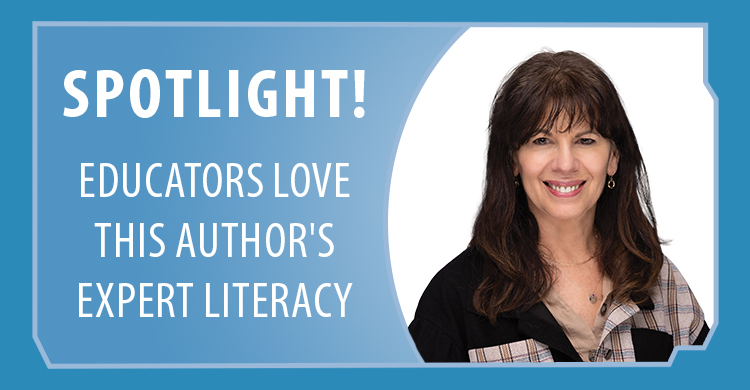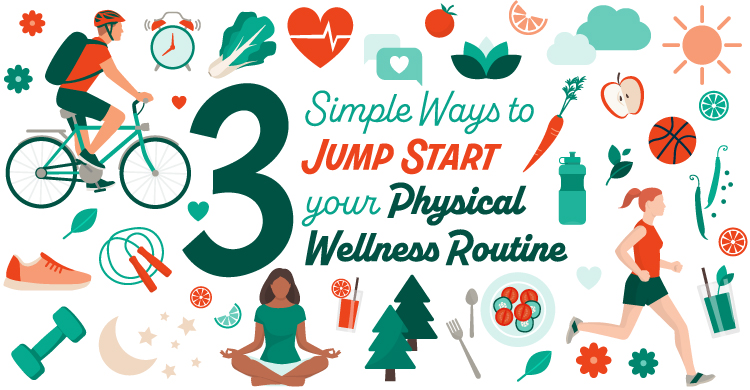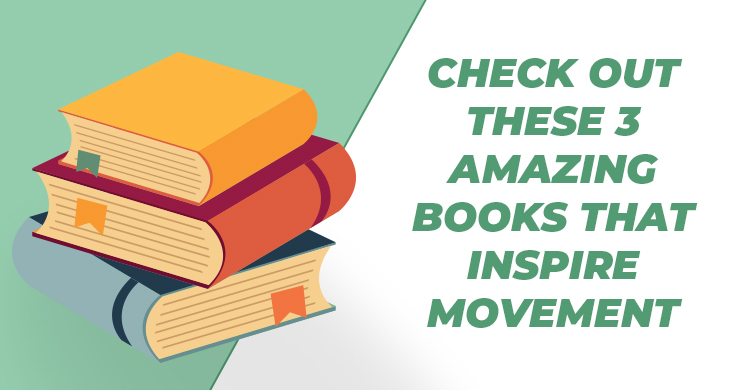Elliott Seif is the author of Teaching for Lifelong Learning: How to Prepare Students for a Changing World.
As I indicated in part 1 of this series,
Professional Learning Communities (PLC’s) “…are designed to counter the separateness of school teaching and learning by creating collaborative teams of teachers who work together to improve learning”. Or, as Dufour et al. (2006) write: PLC’s focus on creating “…an ongoing process in which educators work collaboratively in recurring cycles of collective inquiry and action research to achieve better results for the students they serve.” The PLC process should lead to new and improved classroom practices that reinforce relevant and meaningful learning across content areas and grade levels, and are likely to get better results for students.
How do PLC’s do their work? The PLC members create a vision for student learning by asking some key questions, such as:
· What is the best learning environment for students?
· What do we want students to learn? What should each student know and be able to do as a result of each unit, grade level, and/or course?
Once PLC teachers have clarified what they mean by the best learning environment and what students should know and be able to do, they need to figure out how to assess the learning environment, how well students are learning what’s important, and what needs improvement. A key to success is when PLC members agree to work together on priority goals to improve learning, try out and share key changes in the classroom (action research), and provide additional supports to insure high levels of student learning.
When a PLC team of teachers uses the Lifelong Learning Education (LLE) framework as a key element in the process, they start with a deep look at the four LLE goals (Seif. 2021, chapter 1, pages. 21-36):
· Develop a growth mindset –learners develop and sustain positive learning attitudes, curiosity and interest in learning; they thrive on new challenges; they persist and seek help in the face of difficulties; they seek to improve and do better over time.
· Build a foundation of key understandings and skills – learners develop a core set of key, essential big ideas, understandings and concepts, with linked knowledge, that help them to understand the world around them; learners develop a set of critical skills that enable them to develop understanding, conduct research (including reading and study skills), communicate well, be thoughtful, and collaborate.
· Apply and deepen learning – learners use, apply, transfer, and deepen their understandings and skills through independent and interdependent activities, tasks, and projects.
· Broaden and enrich student experiences – learners are better able to understand the wider world that they live in and explore and broaden their talents and interests, through activities such as field trips, multimedia learning experiences, internships, career education experiences, authentic tasks, extra-curricular enrichment programs, and the like.
Once a PLC explores these four goals and any others raised by PLC teachers, and determines how well teachers and schools are doing regarding these four goals, the PLC decides on which goals (or parts of goals) to improve and what classroom changes to implement that will help to strengthen the goals and improve student learning. PLC teachers try out new classroom approaches to determine which ones work for them and whether learning improves. This virtuous cycle continues with ongoing exploration of key goals, decisions on which to prioritize, and the implementation and analysis of activities and strategies designed to make improvements.
A PLC-LLE Example
A middle school PLC has decided to use the lifelong learning education framework as a beginning vehicle for examining its school program and teacher behaviors. As a result, this PLC will begin its journey with a study of the four lifelong learning education goals cited above. In addition to their initial discussion and analysis, the PLC teachers informally interview students and use classroom and school assessment data to help them determine strengths and challenges in these goal areas.
Through this initial process, they come to the conclusion that one of their school’s greatest weaknesses is in their efforts to develop a growth mindset in each student. They decide to pay special attention to the need to create a more positive classroom and school learning environment that promotes greater student curiosity and interest in learning, focus on increasing student effort rather than a sole focus on results, and use more formative assessments/feedback mechanisms to help students continually improve their work.
Once the PLC team decides to focus on improving the growth mindset of students, collective inquiry into specific options for improvement begins. Through the information obtained through Teaching for Lifelong Learning (Seif, Chapter 1, pages 22-26)) and through additional readings and ideas found in other resources, teachers put together a set of practical suggestions for improving the classroom and school climate and the growth mindset of students. These include:
1. Discussions and brainstorms with students on how to create a more positive learning environment and engage more students in the learning process;
2. A greater use of essential questions, puzzles, and challenges for discussion/problem solving that engage and motivate students at the beginning of units of study;
3. A greater use of activators and summarizers. Activators are activity hooks designed to stimulate curiosity and interest in what is to be learned and to assess prior knowledge. Summarizer activities help students summarize and synthesize learning throughout the learning experience;
4. A greater use of non-graded formative assessments that provide helpful feedback to students and enables them to improve their work prior to a summative assessment;
5. More support for student effort so as to encourage students to work harder and “do their best” in order to improve learning.
6. More activities that provide students with opportunities to self-reflect on their learning, along with more discussions with students on their thoughts about and suggestions for improving school experiences.
7. Ongoing monitoring of student attitudes towards learning so as to determine whether students are developing a more positive attitude towards learning and a growth mindset.
8. Continued reading about and discussion of a growth mindset to develop additional ideas for action research and implementation.
Teachers begin to apply these ideas to their classrooms, with some applied at the school level as well, and teachers meet regularly to discuss, determine, and share what works. As additional ideas are developed, teachers examine them and add them to the list. As improvements are noted and significant changes to the learning environment and growth mindset progress is made over the course of the year, the teachers involved in the PLC process begin to identify another goal for the PLC: how to assure that core understandings and writing-thinking skills are developed across all content areas.
Other Examples
The above example illustrates one way that a process that integrates PLC’s and the goals and practices of LLE might play out. In another example, an elementary PLC team also initially examines the four lifelong learning goals. By reading some of the latest research on developing good readers (e.g. Korby, 2020), these teachers determine that a major area of reading weakness in their school is the lack of a strong curriculum in content areas like social studies, science, and the arts, especially in the early grades. This lack of strong content area programs prevents students from developing a background knowledge base of key concepts and understandings that significantly improves reading comprehension. The PLC decides to use the 12 criteria for a strong curriculum identified by Seif (Chapter 4, pages. 106-113) in order to select and adopt strengthened curricula in these content areas.
Another example: After a careful scrutiny of the four LLE goals, a middle school team decides that their students don’t have strong research skills or enough opportunities to apply learning and work independently. As a result, teachers decide to integrate many more research projects and performance tasks throughout the curriculum.
In a final example, a high school PLC examines the four goals and determines that it needs to broaden and enrich student experiences by adding more authentic tasks and projects, multimedia presentations, self-reflections and extra-curricular activities. Team members also decide to adopt the lifelong learning four phase instructional model (Seif, chapter 2 and blog at https://bit.ly/3m4ZAJx) as a way to organize instruction for authentic tasks and projects.
Some concluding thoughts
In many schools, teachers “go it alone,” setting their own goals and teaching what they think is important, often without the support of and collaboration with other teachers or the school leadership. Sometimes this “go it alone” approach is done when a teacher believes passionately in her own goals, but at other times it is because of a school culture that does not support teachers working collaboratively towards a common set of goals.
Imagine, however, a school or district where a community of teachers collaboratively support each other to reach common goals and improve teaching and learning. Together they might develop a more positive learning environment that encourages a growth mindset in students, or help their students become better writers and thinkers, or learn how to be good researchers, or learn how to conduct meaningful experiments. This type of collaboration can be difficult, time consuming, often messy and challenging, but in the end there is a significant upside to teachers working together towards common goals. The power of PLC’s, when combined with a set of significant goals and practices for lifelong learning education, is that they create a meaningful process for, over time, improving educational outcomes for all students.
The addition of the lifelong learning education framework to the PLC process helps teachers begin with four critical education goals, and also suggests many practical strategies to improve instruction, assessment, and curriculum development and renewal. The two frameworks together create a powerful, long term process that helps teachers collectively choose to work on important and meaningful goals, increase the likelihood of successful school programs, and prepare students for a lifetime of learning.
References:
DuFour, R., DuFour, R., Eaker, R., & Many, T. (2006). Learning by Doing: A Handbook for Professional Learning Communities at Work, pp. 2–4. Bloomington, IN: Solution Tree Press
Korbey, H. (2020). Is it time to drop “finding the main idea” and teach reading in a new way? Edutopia blog, https://www.edutopia.org/article/it-time-drop-finding-main-idea-and-teach-reading-new-way
Seif, Elliott (2021). Teaching for Lifelong Learning: How to Prepare Students for a Changing World. Bloomington, IN: Solution Tree Press.


